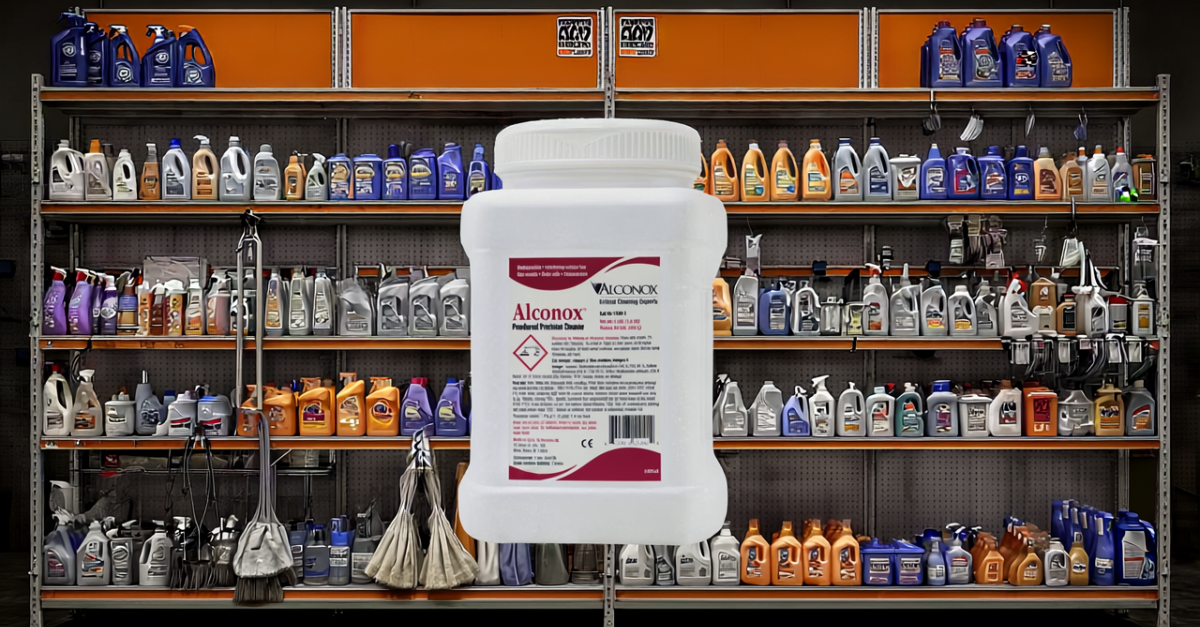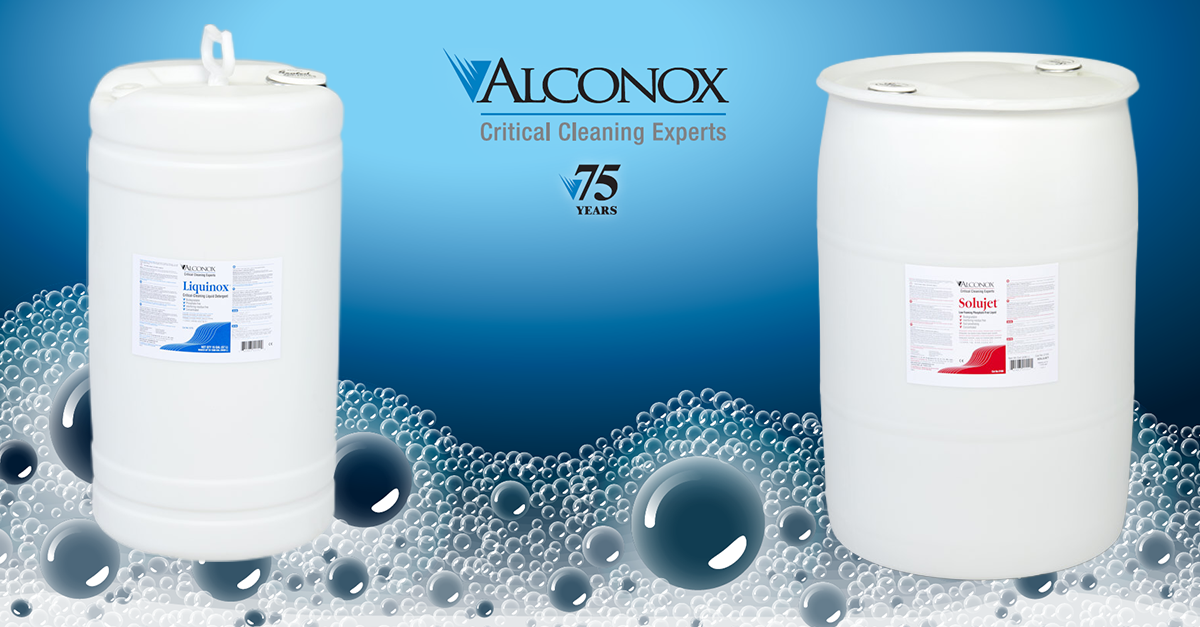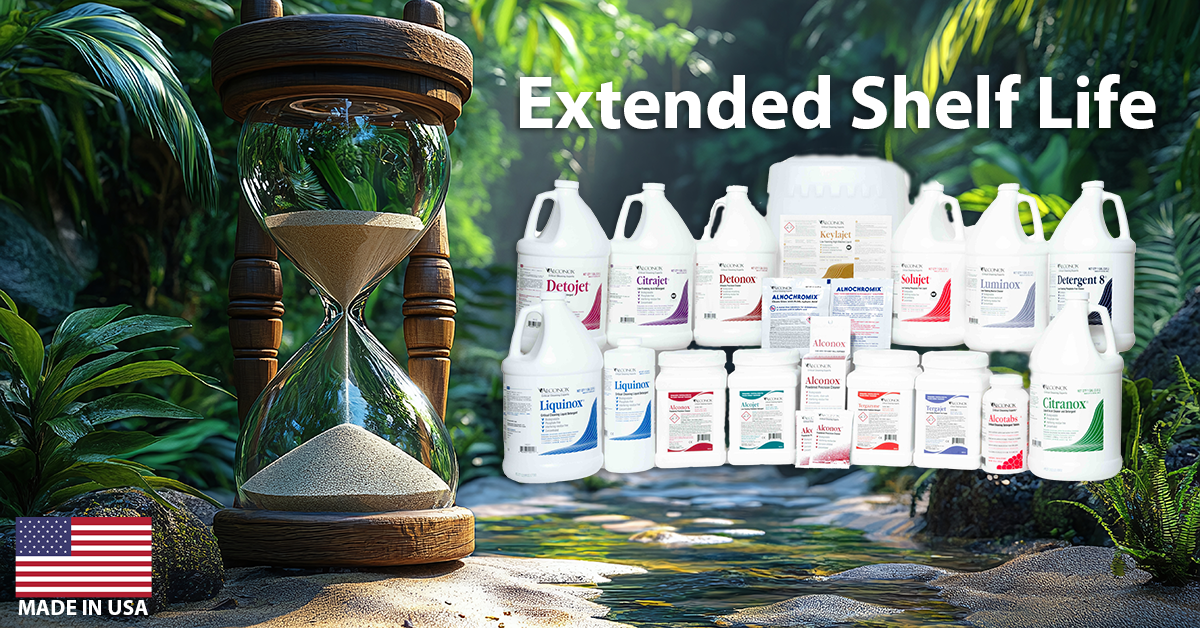
Q. What are the concerns with using rinse aids in automated commercial washers with wine glasses? I have heard not to do it, but want spot free glassware and absolutely no interference with wine tasting (of course).
A. Rinse aids work by placing rinse aid residue on the surface of glasses and smallware being cleaned. The residue in the rinse aids left on surfaces are hydrophobic molecules, which stick to the surface to repel water. Less water on the surface, means less water that needs to be dried, and that leaves less water available to make streaks and water spots. But there’s a problem…
Rinse aid residues interfere with food and drink sensory experiences, i.e. it interferes with wine tasting among other related tastes, flavors, scents, etc.. This is especially problematic for fine wines. In fact, there are three primary ways rinse aids impact the wine tasting experience:
- Leg Formation: Natural legs on a wineglass surface form, when tipping and swirling, due to the glycerin content of wine and changes in surface tension. If a wineglass has hydrophobic residue, false legs will form as the residue repels wine and forces it into rivulets that resemble legs.
- Bouquet Reduction: Wineries often use fine crystal stemware because it improves the bouquet of the wine. This is because crystal has a rougher micro surface than cheaper glass and this results in higher surface area and more evaporation from that larger surface area. This higher evaporation results in more bouquet from the wine. When rinse aids are used on fine stemware, the surface roughness is filled in with rinse aid residue. This repulses wine from the surface of the glass, lowers the surface area, diminishes evaporation and, therefore, results in less bouquet from the wine.
- Feel and Taste: Rinse aid residues do dissolve into the wine, which lowers the wine’s surface tension and causes it to wet out on the tongue and taste buds differently. Some responses can be intensified by greater wetting, some responses may be masked by being emulsified and withheld from the receptors. Either way, you are missing the “authentic” experience.
To avoid these problems, do not use hydrophobic rinse aids. To get water spots and streaks off glassware, use an odor-free, absorbent cloth to wipe down the stemware immediately upon finishing a short drying cycle. For washer and commercial needs, change the rinse aid to a citric acid rinse, like Citrajet® Low-Foam Liquid Acid Cleaner/Rinse. It reduces the concentration of calcium, magnesium and iron in rinse water (the source of water spots). Citrajet detergent does not contain any hydrophobic ingredients that stick to glass, so none of the above-mentioned problems will occur. It is completely free-rinsing.
To request these or any Alconox, Inc. detergent for free, please complete the questionnaire at Get Sample. For more information about any one of our Alconox, Inc. detergents, consult the technical bulletin for each product. Or click here to access each of our detergent’s Safety Data Sheets.
Do you have a critical cleaning question for the experts at Alconox, Inc.? Search TechNotes to see if it’s been answered before or Ask Alconox.
Contact us any time: cleaning@alconox.com



